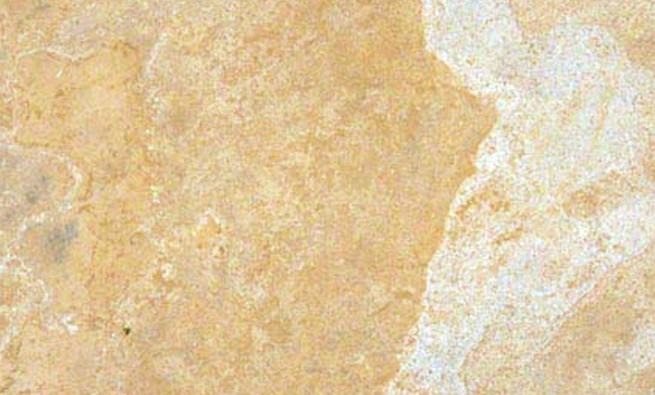Although stones seem really solid and sturdy, you might be surprised to know that when put under a microscope, most stones have tons of microscopic pores. This is because of the way stones are formed—whether it’s the slow compacting of tiny grains of organic matter or recrystallizing under intense heat and pressure, tiny gaps are left between the individual grains or crystals, which forms the pores. What does this mean for you? Your natural stone tiles or countertop can absorb liquids and other materials if not protected properly. Let’s investigate this issue further and find out how you can keep your stone looking brand new for years to come.
What’s in a name?
Let’s start with some definitions:
Porosity is the ratio of the tiny open spaces (pores) in a stone to its overall solid volume. Igneous stones tend to have a low porosity, whereas metamorphic and sedimentary stones have higher porosity because of how they’re made up of tiny grains of material that, even though they’re compacted very tightly together, don’t fit together perfectly enough to not leave gaps.
Permeability is a related concept but isn’t the same thing as porosity. Permeability is the ability of a material to transmit fluids. Fluids are transmitted by pores and the capillary structures they build within something—in this case, a stone.
Therefore if a material is porous and permeable, it is more able to absorb liquids and other materials. This can be a good thing for stone in some respects: the tiny pores are great at filtering water! But this is not so great when your countertop is absorbing water or acidic liquids, which can weaken and dissolve the stone and cause it to fracture or break.
Granite is relatively non-porous compared to other common countertop materials, though it still has some porosity. Limestone and sandstone are highly porous and readily absorb liquids, and are particularly prone to etching, and wearing away when they come into contact with acids. Marble is also fairly porous but not as much as limestone and sandstone. Staining is also a problem with more porous stones, especially darkly-colored liquids like red wine. A big red mark is the last thing you want on your pure white marble slab!
Protect the pores
So, natural stone countertops are porous, and some are more porous than others. How do you protect them? By using sealants. We’ve already touched on why you need to seal your countertops, but in general, the goal is to seal off the pores and create a barrier that prevents the stone from absorbing liquids and food particles, as well as staining, scratching, and etching. There are lots of sealants to choose from, but here are the two main categories:
Topical Sealant:
-Sits on the surface of the stone, preventing liquids and food particles from sinking into the stone.
-Gives the stone a glossy appearance but can often darken the color.
-Prevents the stone from being scratched and etched, though the sealant itself can be scratched and scraped. However, this can be fixed by re-sealing
-Can trap moisture within the stone
-Wears away quickly, depending on how frequently the surface used. You may need to re-seal every 6 months to 1 year
-Best for very porous stones like limestone, sandstone
Penetrating Sealers
-Penetrates surface of the stone and fills the pores from within the stone itself, rather than just protecting the surface
-Prevents liquids from penetrating and being absorbed into the stone
-Doesn’t affect the color of the stone
-Doesn’t protect the surface of the stone from scratches
-Doesn’t trap moisture within the stone, allows the stone to “breathe”
-More expensive than topical sealants
-Forms a permanent, chemical bond with the stone and can last for years, doesn’t need to be re-applied frequently
Topical and penetrating sealers can be used together, though it is, again, important to emphasize that topical sealants need to be reapplied regularly in order to be effective. To test your stone’s porosity, put a few drops of water on the counter and wait a few seconds. If the water is absorbed, you need to reseal your stone. If the water remains pooled on the surface, you’re good to go.
Because stone is a natural material, there are some quirks that sometimes can’t be controlled. Pores are one of those things that come along with the stone, and you need to know how to keep them properly sealed in order to protect the structural integrity of your countertop or tiles. Sealing is non-negotiable, and thankfully it’s something that can be done quickly and easily at home. Got a question about stone porosity and different sealants? Let us know in the comments!

